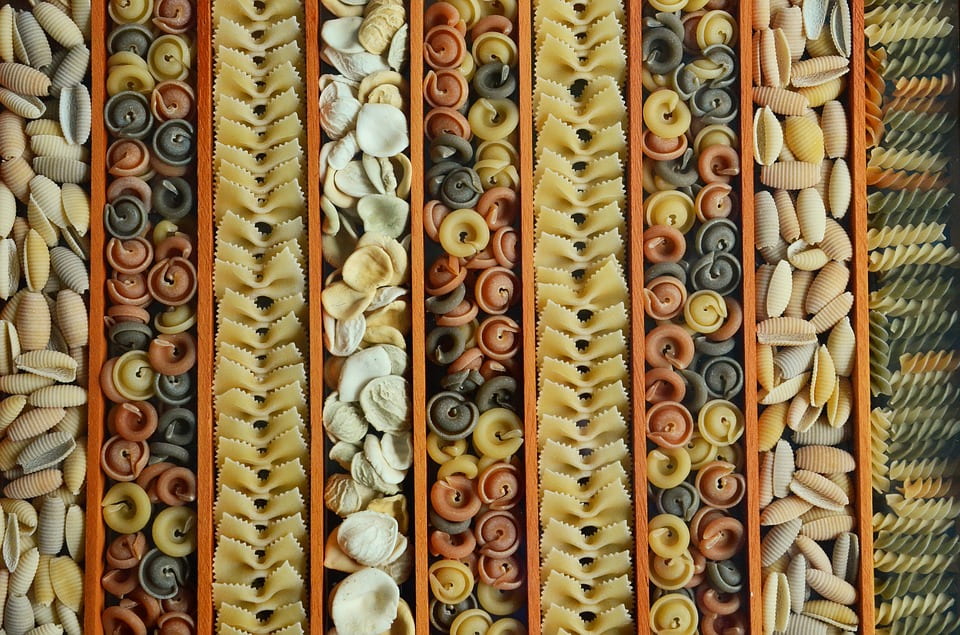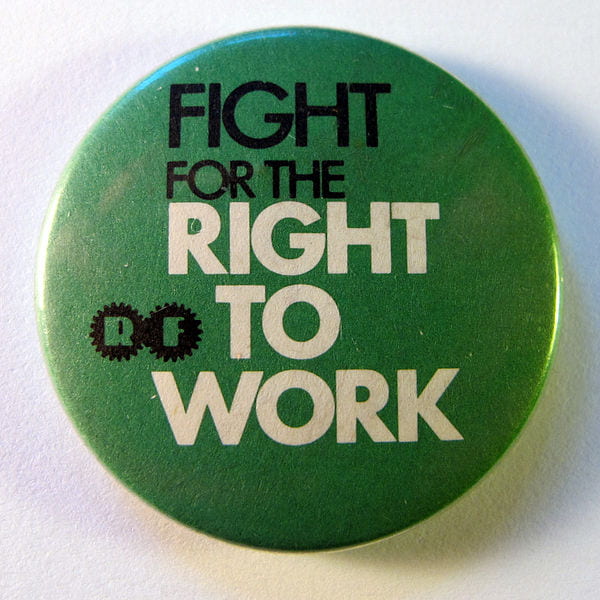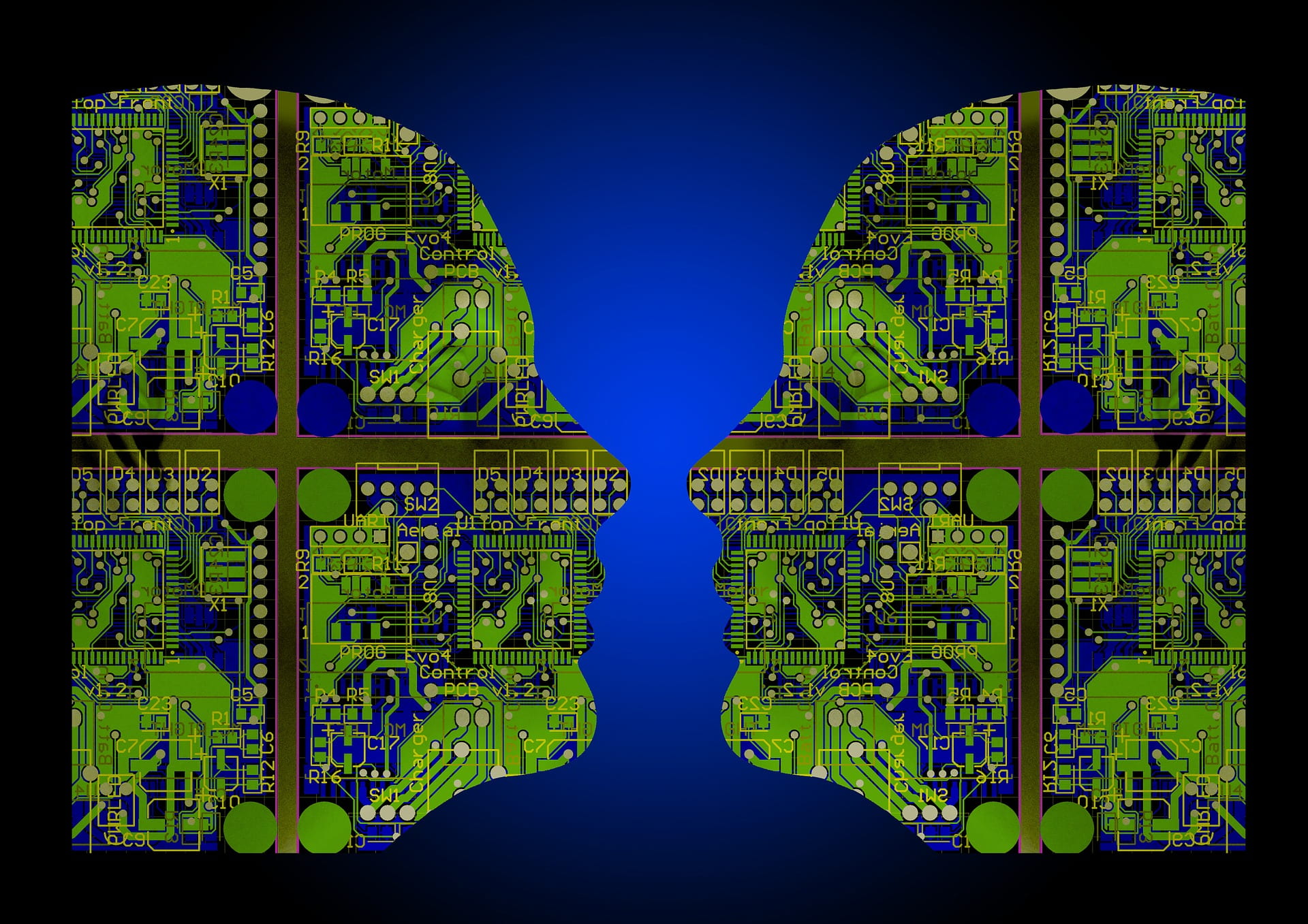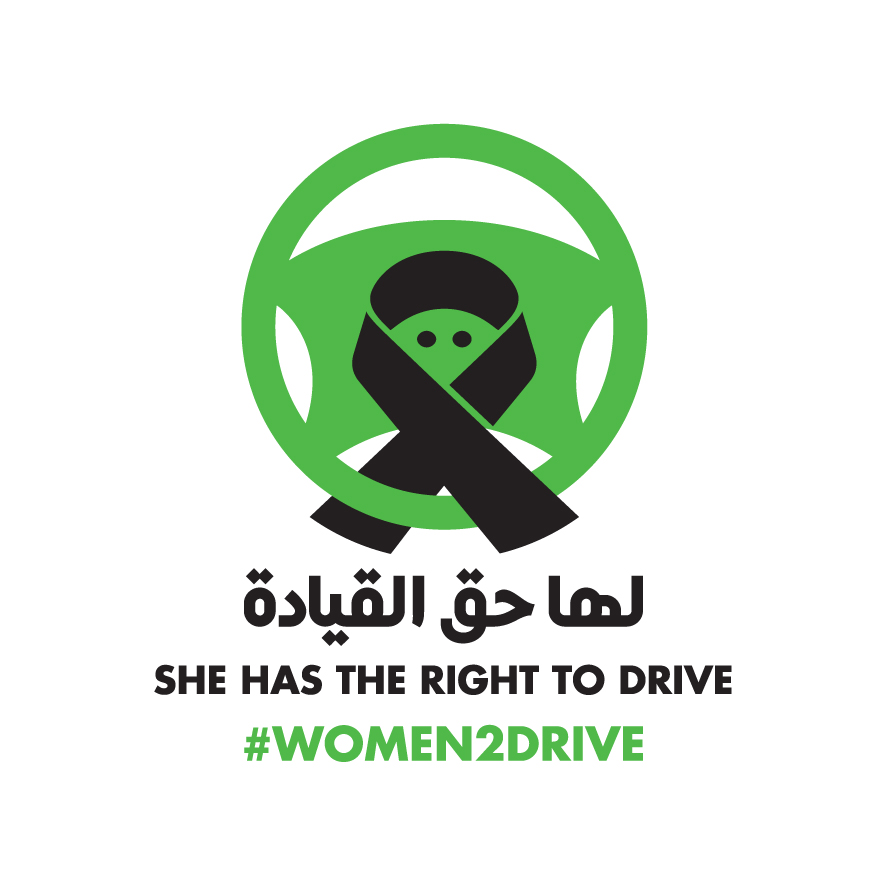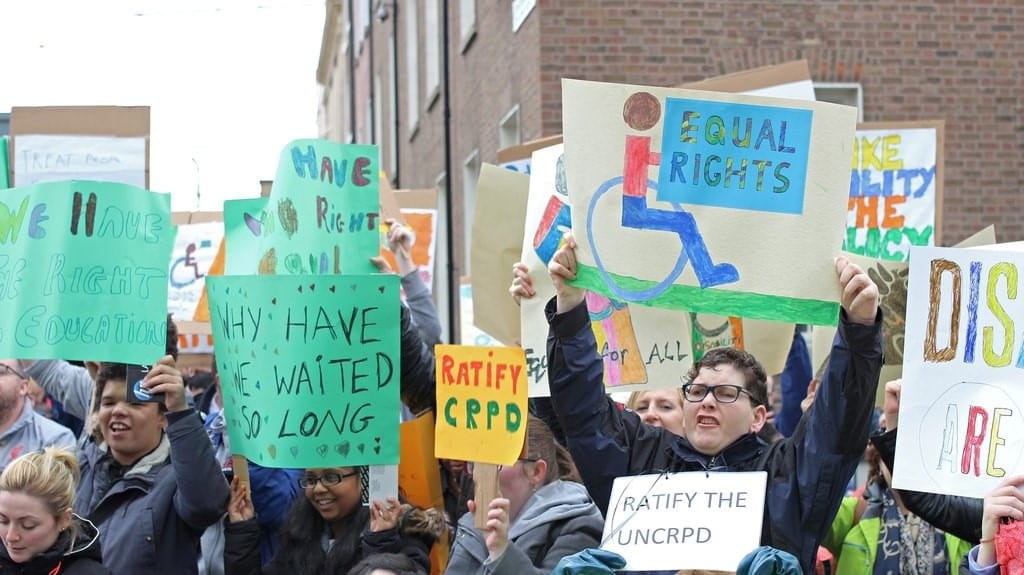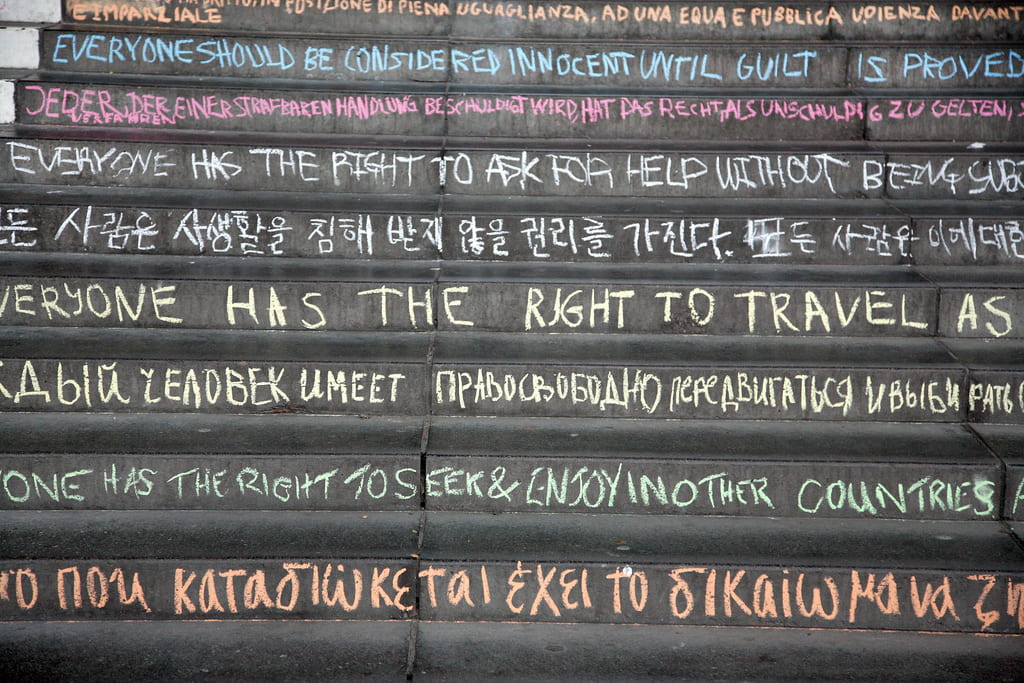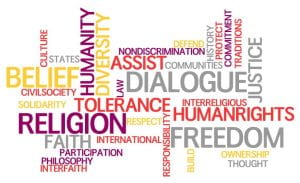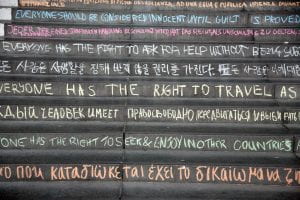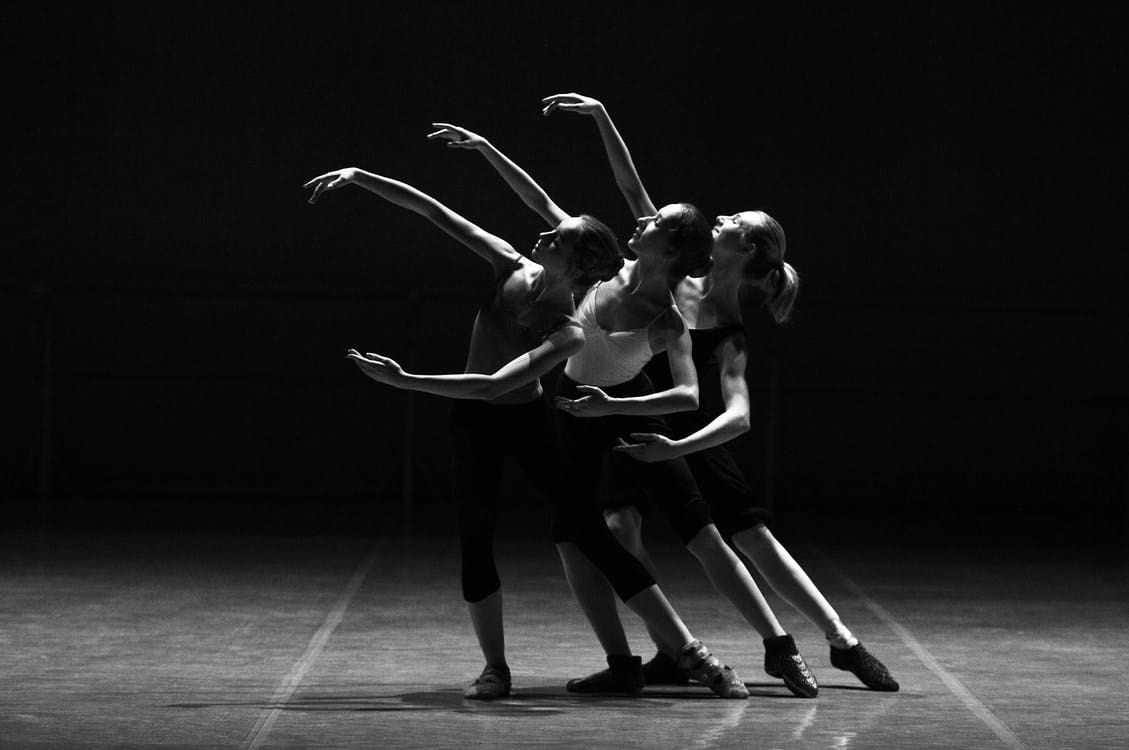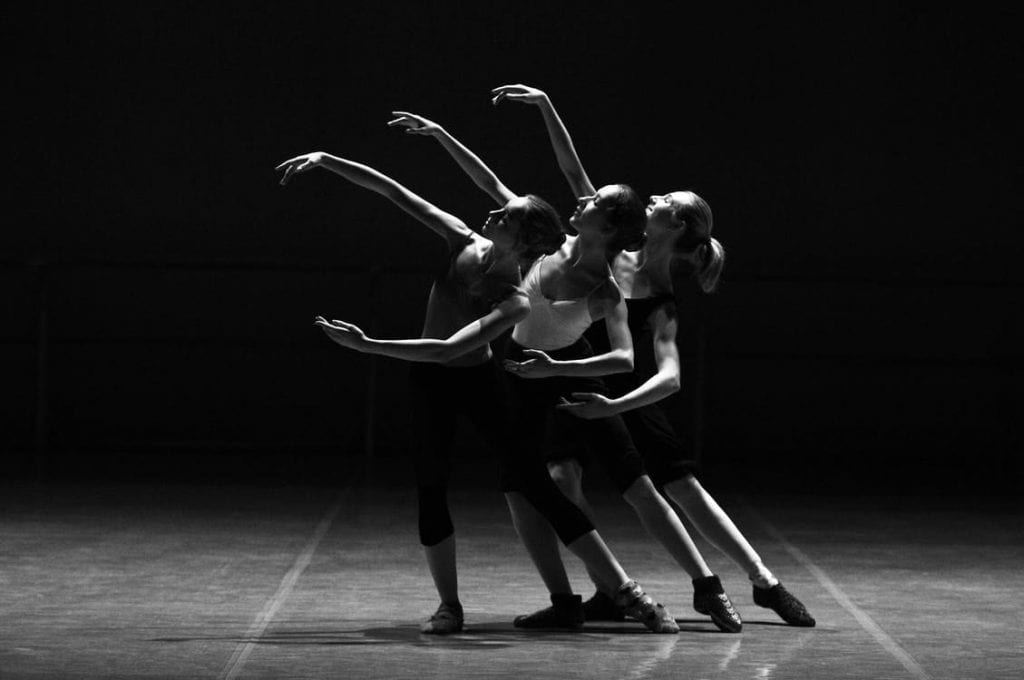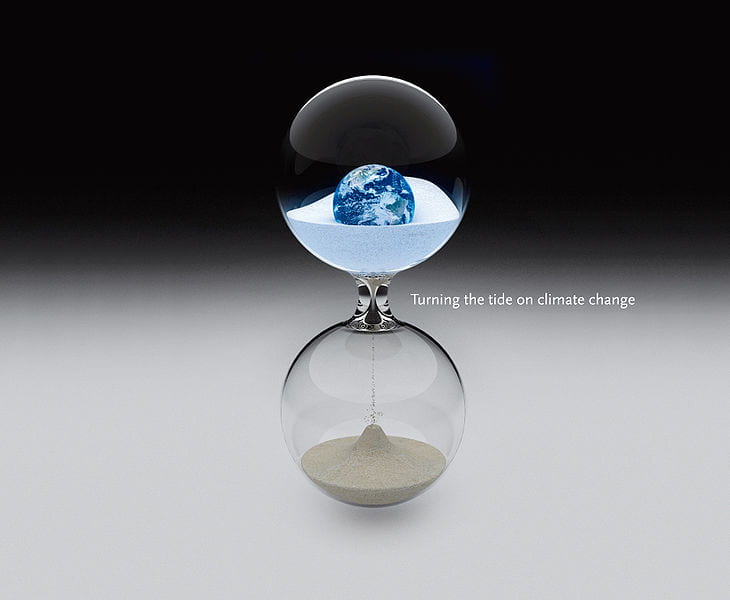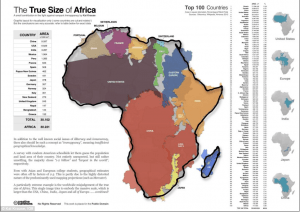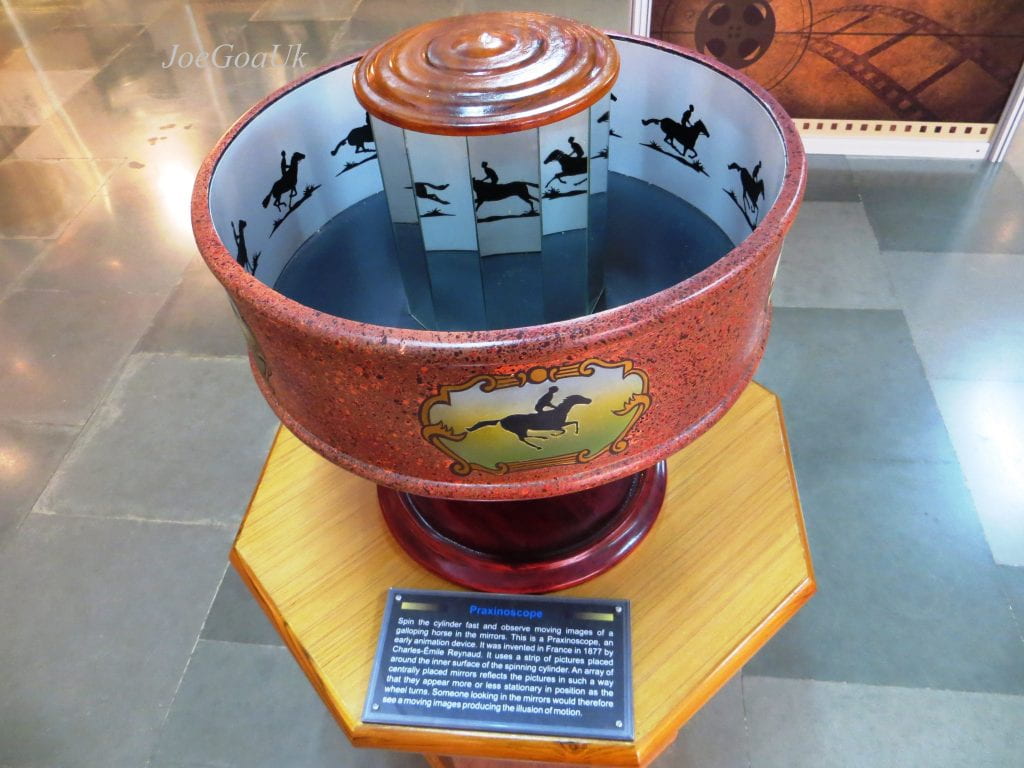
The beginning
Many of you have grown up watching animated films. They have a special place in our hearts and often cause us to reminisce on our childhood. Animated films have been around for hundreds of years, dating back to 1877 when the praxinoscope was invented. This device would allow you to see an animation by having pictures in a moving wheel. Thus, it would seem as if the pictures are moving due to a slightly different frame. Animations are not necessarily a genre, but instead a film technique. It becomes complicated when trying to determine when the first color animation came out since many films have been lost, although people presume it was around the 1920s. Shortly after, in 1928, Disney developed Mortimer Mouse, which turned into the iconic Mickey Mouse we all know.
Pixar
Pixar is a well-known company that produces numerous animations and is a branch of the Walt Disney Company. Pixar creates an environment where individuals can work together creatively. In fact, they have a meeting every couple of months called Braintrust, which is where employees can discuss ideas, progress, and struggles with their movies, stressing the importance of honesty. This ensures an environment where people can be flexible in their creativity.
“Creative culture can be created when you find people that are willing to level with you and make you grow. Once you see them, hold them close. – Eugene Eşanu
The first short film that Pixar Animation Studios produced was in 1986 and was called Luxo Jr. Due to the use of computer-generated imagery (CGI), it was ahead of its time. What took people by surprise was how the objects could shed light and shadows on themselves, depicting three-dimensional imagery as more alive and realistic. Furthermore, this short film was able to connect to the audience through “emotional realism”, which is where animated characters portray feelings and emotions that resemble human experiences, so we the audience can relate. It was innovative, not just for Pixar but the entire industry. Luxo Jr. went on to win Academy Award for Best Animated Short Film and inspired the creation of many other films such as Toy Story and Cars. As a result, Luxo Jr. was chosen to be preserved at the National Film Registry due to its “cultural, historical and aesthetical significance”. Without this film, who knows where the animation industry would be today.

Pixar Addresses Diversity
Becoming a director, in general, can be difficult. It becomes more complicated when you are a woman or person of color, especially in animation. During the span of seven years, only one major animation, across several companies such as Disney and Dreamworks, was directed by a woman (Jennifer Yuh Nelson directed Kung Fu Panda in 2011). In fact, Women in Animation found that “60% of all animation and art-school students are women, yet only 20% of creative jobs in the industry are currently held by women”. In order to address the inequality towards women and people of color, Pixar decided to launch a new program called SparkShorts.
Three of SparkShort’s films were released in February through YouTube with two of the directors being women:
- The first SparkShort was called Purl and focuses on a pink ball of yarn who feels out of place amidst the humans. The film shows what it feels like for a woman, Purl, to be working in a predominantly male office. The reviews were stellar. Instead of focusing on the quality of the animation (which was excellent in its own right), compared to previous films, people are focusing on the narrative of the story.
- The second film, Kitbull, sets the scene for an abused Pitbull becoming friends with a stray kitten, hence the name of the film. It sends a powerful message of love, corruption, and friendship. It brings about the controversial topic, the No Kill Movement that advocates for stopping the killing of healthy and treatable animals due to convenience.
- The third released film, Smash and Grab, tells the story of two robots by the same names who are best friends. Smash’s job is to break rocks and to pass them to Grab who throws it into a furnace. Their routine is the same every day, with an occasional break for playing catch with the rocks. However, the robots cannot leave because they are restrained by a long cable but Smash notices that there is a world where robots could be free and together they decide to escape. This film is unique in that it does not contain any dialogue. However, the theme of friendship is clear.
What Lies Ahead
The films do not end there. In the upcoming year, three more are expected to be released. The first film, Wind, will be directed by a Korean American director, Edwin Chang. The genre is magical realism film about a grandmother and her grandson. The second film will be the first of its kind to have Pinoy characters. Bobby Rubio is the director of Float, a story about a father protecting his son. The third film, Loop, will be directed by Erica Milsom, which will portray a non-verbal autistic girl. These films pave the way for future films by creating narratives that touch on the representation of all people and is not afraid to shed light on stigmatized topics. Furthermore, it creates discussions on the characters and their representation, fatherhood and masculinity, and people with disabilities. The films are not afraid to portray the difficult issues that affect people worldwide. This is just the beginning; these short films can change the industry and people’s perspectives on important topics.
Why it matters
In reference to the Universal Declaration of Human Rights, all humans have equal rights. It is not dependent on one’s gender, race, or religion. People have the right to work without experiencing discrimination and the film industry has a past at doing this. When underrepresented people see themselves in film it creates a chain reaction. Films have the power to shape how audiences perceive the world and it has the potential to instill empathy by breaking through barriers such as race, geography, and gender. Pixar is breaking the typical standards of the animation industry. In fact, their ideas are breaking the mold for people; it has the ability to normalize commonly stigmatized topics. It can lead us to the idea of inclusivity. I leave you with one final message, “To infinity … and beyond.”
